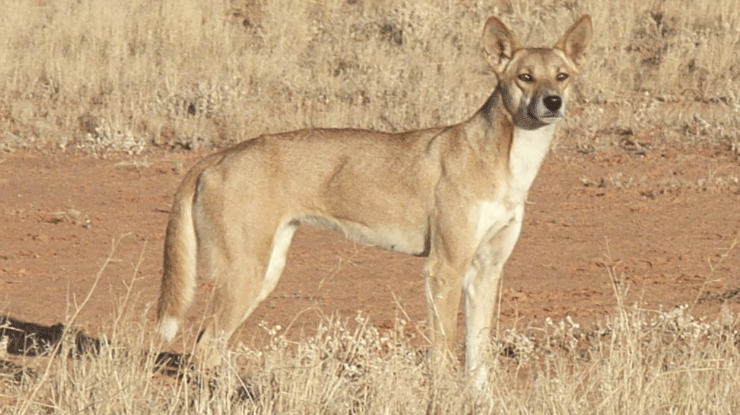Feral Friday: reporting back on wild dogs
20 September 2019

This month, Friday Feedback is putting the spotlight on invasive animals and the tools available to help manage them. Here’s a closer look at what’s happening with wild dogs.
|
Fast facts
|
Industry action
The National Wild Dog Action Plan was developed in 2014. It’s supported by the federal government and industry, and outlines the principles of best practice management for wild dogs.
These principles underpin each state’s plan and provide important guidance to help producers formulate effective, best practice, humane management programs.
What can producers do?
Nil-tenure approach: This approach acknowledges that wild dogs don’t recognise property boundaries and encourages community-driven, collaborative control programs. Talk to your local agriculture department or government agency to connect with established groups, learn basic skills and get professional support.
Common control tools: Baiting (1080 and PAPP, Canid Pest Ejectors), trapping, shooting, exclusion fencing and guardian animals are the most commonly used tools, and are often used in combination as part of a coordinated control program. PestSmart’s Glovebox Guide for Managing Wild Dogs is a great resource to find out which tools will work best for different situations.
NOTE: Wild dog management is a state jurisdiction so requirements differ depending on where control is being carried out. Check with your local group and/or state department before starting a control program.


